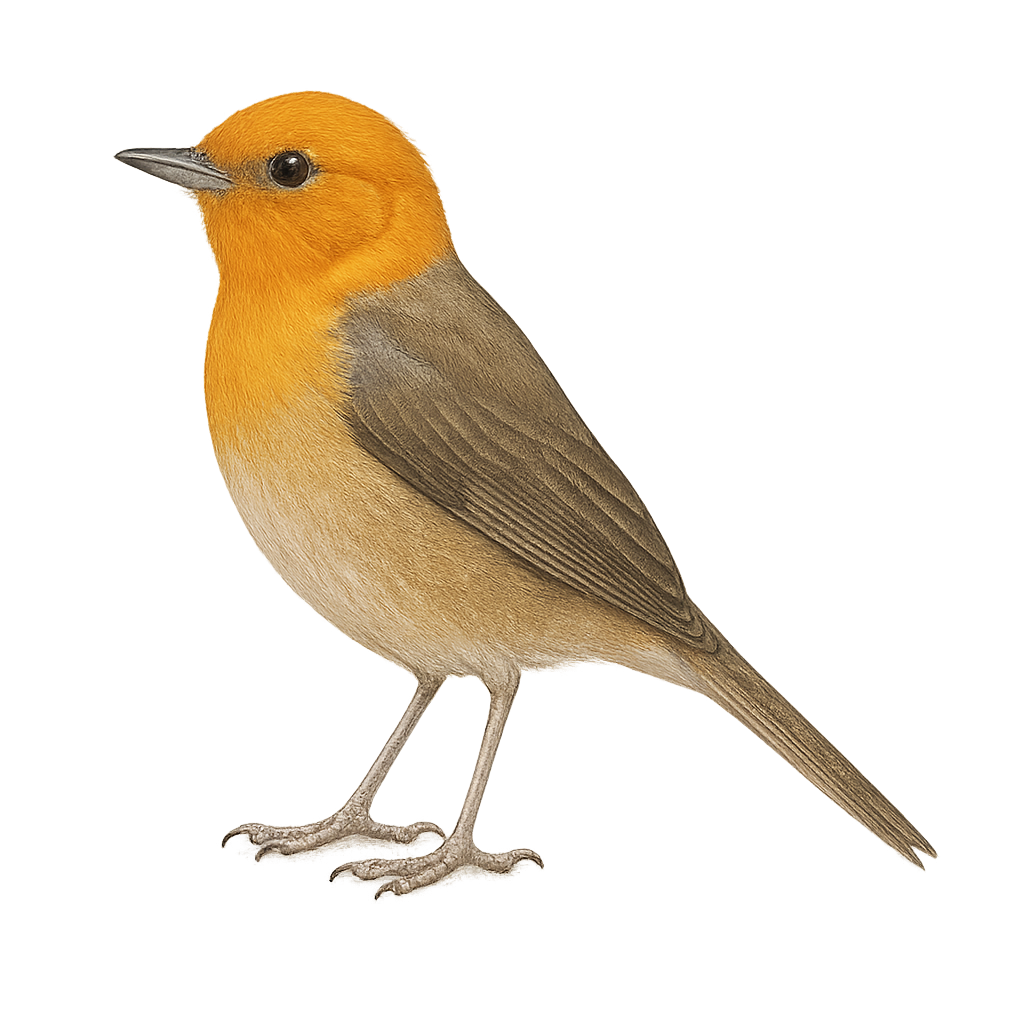Your wildlife photography guide.
Explore the rufous-chested tanager in detail, study its behavior, prepare your shots.
Where to observe and photograph the rufous-chested tanager in the wild
Learn where and when to spot the rufous-chested tanager in the wild, how to identify the species based on distinctive features, and what natural environments it inhabits. The WildlifePhotographer app offers tailored photography tips that reflect the rufous-chested tanager’s behavior, helping you capture better wildlife images. Explore the full species profile for key information including description, habitat, active periods, and approach techniques.
Rufous-chested Tanager
Scientific name: Thlypopsis pectoralis

IUCN Status: Least Concern
Family: THRAUPIDAE
Group: Birds
Sensitivity to human approach: Suspicious
Minimum approach distance: 10 m
Courtship display: April to May
Incubation: 13-15 jours
Hatchings: April to June
Habitat:
humid forests, shrublands, mountains
Activity period :
Primarily active during the day, with peak activity in the morning and late afternoon.
Identification and description:
The Rufous-chested Tanager, Thlypopsis pectoralis, is a bird from the Thraupidae family. It is mainly found in the mountainous regions of western South America, particularly in Peru and Bolivia. This bird is distinguished by its characteristic rufous chest, contrasting with its gray back and dark wings. It inhabits humid forests and shrublands at altitudes ranging from 1000 to 3000 meters. The Rufous-chested Tanager is a diurnal bird, often seen in small groups or pairs. Its melodious song and vibrant colors make it a favorite among birdwatchers and photographers. Although its conservation status is currently "least concern," deforestation could threaten its habitat in the future.
Recommended lens:
400 mm – adjust based on distance, desired framing (portrait or habitat), and approach conditions.
Photography tips:
To photograph the Rufous-chested Tanager, it is advisable to use a telephoto lens of at least 400mm to capture detailed images without disturbing the bird. Look for it in humid forests and shrublands at high altitudes. Be patient and discreet, as this bird is suspicious. Take advantage of the early morning hours when the light is soft and bird activity is at its peak. A tripod can be helpful to stabilize your camera and achieve sharp shots.
The WildlifePhotographer App is coming soon!
Be the first to explore the best nature spots, track rutting seasons, log your observations, and observe more wildlife.
Already 1 429 wildlife lovers subscribed worldwide

